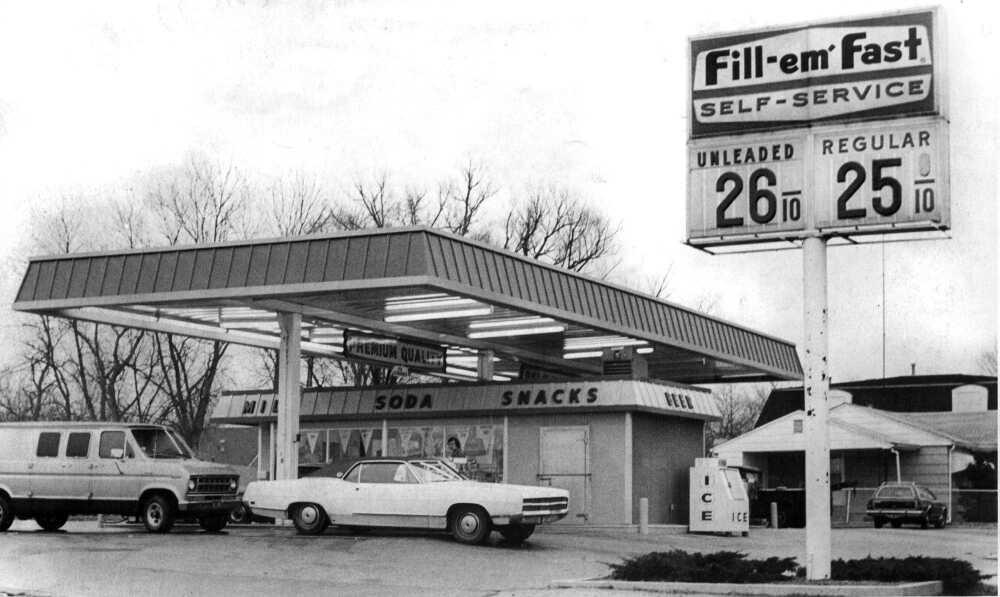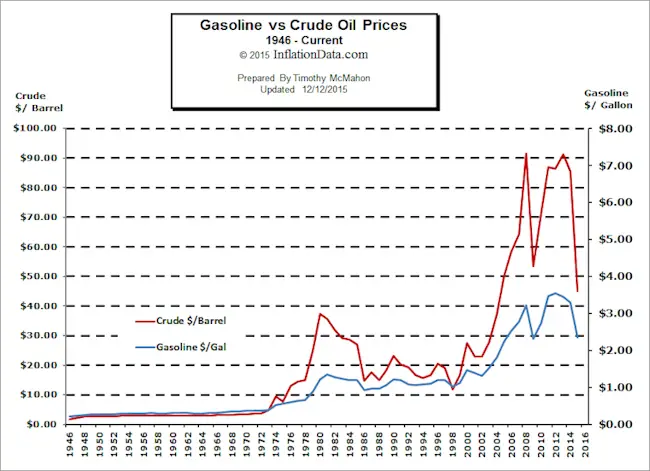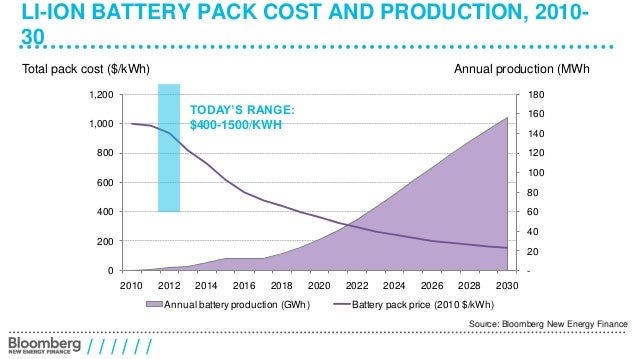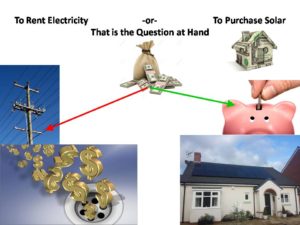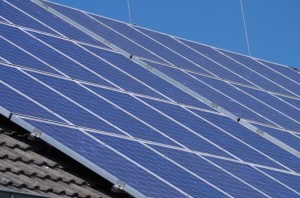We’re entering a new world and the changes are going to be more profound that most people realize.
From 1900 to 1930, the world shifted from horses to horsepower.

When I moved to Grass Valley in 1986, there was still an old gold miner who rode his mule into Nevada City to get food and supplies. That mule was his “vehicle”.

There are hitching posts along Broad Street still today, though likely most don’t know what they are. That old mule was a fairly common site in town, though cars had long since taken over the vast majority of transportation. The Chief Crazy Horse Saloon still had a brass trough beneath the bar stools.

Few people knew that the trough was so that men at the bar could just pee without leaving their stool, the run off heading out into the street. Tunnels under the streets ran from the respectable pubs over to the frequented brothels “respectable” men couldn’t be seen entering. It was a different world 100 years ago with remnants (hitching posts, pee troughs, and under street tunnels) lingering long after customs had changed.
The shift from Internal Combustion Engine (ICE) cars to Electric Vehicles (EVs) will be no different. EV’s simply cost less to own and operate, so ICE cars are dead whether they know it or not.
From 2000 to 2030 the world will shift again. This time from gasoline cars to electric cars. There will certainly still be gasoline cars driving around a hundred years from now, but, as with horses, gasoline cars are already today like zombies moving around yet not knowing they are already dead. In about 3 years it will come as an enormous surprise as people learn their used ICE vehicles are worth less than they expect, and ICE automakers begin to go bankrupt.
As people switch en masse to EV’s, there will manifest a glut of nice, almost new, ICE engine vehicles on the used car market. Why spend money on a brand new car when you can buy a 1 year old car for a big discount? The impending glut of barely used ICE vehicles is what will suddenly bankrupt ICE car makers as their sales drop suddenly and they are stuck with inventory they can’t sell.
The shift this time will be far more dramatic as it encompasses more than just vehicles. Batteries store energy and pay it back out again when needed.
If the original source of energy was gasoline, it would make little sense to store it in batteries. But if the original source is solar or wind power, then it does.
What’s interesting today is that solar power systems last longer than it takes to pay for them. At utility rates, it takes about 7 years to pay for a solar power system. They are guaranteed for 25 years and may last to 100, albeit with a replaced panel now and then. Once someone installs a solar power system they will never again purchase power from a utility as it costs less money to maintain the solar power system.
In a nut shell, electricity is today, becoming free. Do you need some electricity? Here, come have some of mine, I have too much. Come charge up your car and take it over to your home (or business) and use it if you want.
Monthly gasoline bills, wealthy oil producers, so 20th Century.

EV purchasers don’t need gasoline. They instead need a solar power system for their home or business. Electricity from utilities (in California) to charge an EV costs about 10% to 20% of gasoline, and with solar, it’s free.
But what else does one need or desire to go with an Electric Vehicle purchase?
Well, the obvious is a well built vehicle that works. Next comes low price. And people tend to prefer to purchase a new class of vehicle from a manufacturer with 3 or more years of experience building the new technology so that it has been proven in the field.
There are precisely 2 vehicles on the market today that most people can choose between: The Chevrolet Bolt and the Tesla Model 3. Every other EV has too short a battery range, though it is hoped the Nissan Leaf will in September join this list, and, by 2020 the list will likely contain as many as 10 choices. And the other models with adequate range cost too much for most people.
EV’s have one other large need: “Charging”.
This is a need that is new to gasoline car drivers and as a result, it’s one that isn’t yet fully understood by EV purchasers and or by the general business world who see an opportunity to get into the “gas station” business by installing a charging station at their restaurant, bowling alley, or grocery store.
But what do EV owners really need?
What’s ironic is that the majority of charging stations being installed are missing the mark of what an EV owner really needs. They are being installed by business owners who don’t themselves own, an EV, in hopes of winning income from charging.
When you own an EV, you will typically plug it in at home every night just like a smart phone. You keep it charged so that every day when you take it out for a drive, you begin the day with a “full tank of energy”.
You don’t need to charge up at the local store. Ever. Really, you never need to charge at your local supermarket.
You may do so, but purely to get some free electricity the store offers it’s customers for shopping at the establishment. And if the store is going to charge for the charge, it’s cheaper at home.
Safeway, McDonald’s, Costco, Home Depot, and myriad other businesses will no doubt provide free charging stations with slow charging so that the cost to the store is a dollar or two in electricity. The store wins the customer for a small electricity cost.
For the customer, the money reaped by charging isn’t much and the “close to the entrance” EV parking space is probably the more valuable benefit.
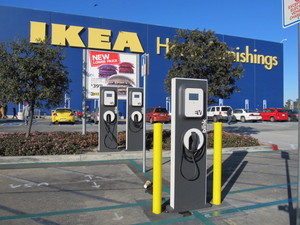
The point is, an EV owner with 200 mile plus range really doesn’t need in town local charging at all. They begin every day with a full tank of energy and only need charging on long trips. Few people travel 100 miles let along 200 miles in a normal day. So the place where charging is really important is out on the Interstate freeway system. If I want to travel from Sacramento to Los Angeles, I need charging.
And if I’m on a long trip and need charging, I want it to be as fast as possible. So, I want fast charging along Interstate freeway systems.
Fortunately there are a large number of fast chargers along Interstate freeways. Unfortunately (for most auto makers) they are all Tesla Superchargers.
Tesla is installing it’s Supercharger network as a proprietary EV fueling system world wide.


No other company has a comparable charging network, game set match Tesla. Other car companies are just now working on charging systems called Super Fast that are half the speed of Tesla SuperChargers.
Greentech Media recently published an article, “Top 10 EV Ready Cities”.
I like Greetech Media, but, ……..Who cares?
EV owners do not need EV ready cities to live in. They have a fueling station at home that costs less and is more convenient than any local charging station. They also have a 110 volt plug that can connect to any outlet, anywhere, in an emergency. They leave home each day with a 200 plus mile range and can easily scoot around to any stores they want and get home with typically more than 150 miles to spare.
What EV owners need is a good system of charging stations along highways that get them to places far away. They need charging when they go on vacation to Yosemite or Disneyland, not when they go shopping in town.
In California, there are a ton of charging stations along highway 99. They have been installed in Stockton, Modesto, Fresno, Bakersfield and so on down the length of the state, by businesses hoping to attract some EV charging business. And perhaps whimpy EV’s with a <100 mile range may bother to plug into those stations.
But real EV’s with a 200 plus mile range like the Chevy Bolt and Tesla models, don’t need to. Anyone driving from North to South in California prefers to take Interstate 5 down the center of the state where Tesla Superchargers reign supreme. I suppose by now there are enough charging systems that the Bolt can make it down the state along I-5, but the charge times will be longer than any Tesla.
Chevrolet’s site says it “only” takes 30 minutes to charge 90 miles of range using their “Super Fast” chargers if you can find one.
That means, it takes an hour to charge the battery pack by 180 miles so that you can make a next stint down I-5 to Los Angeles. Add 2 hours to your trip and you can make it, again, assuming you can find these rare Super Fast charge stations along the route you need to follow.
Not bad if that were your only choice, but it isn’t your only choice. You can instead purchase a Tesla Model 3 and “fill up” in about 30 minutes. Tesla has built out the equivalent of the “Shell” or “Chevron” or “Standard Oil” or “BP” or “Fliers” chain of gas stations. So Tesla is indeed a car maker. But it is also an energy delivery company, which is what gas stations have been all along.
The new energy to be delivered is electrons, not hydro-carbon molecules. And while there are a large number of charge stations other than the Tesla network, those typically have slower charge times.
So, if you’re going to purchase an EV, what you really want is to have a well established company, Chevrolet, Tesla, Nissan, and others are coming soon. You want a vehicle with several years in the field, Tesla and Nissan remain. And you want a large charging network with fast charging capability for those times you take a long distance trip, which leaves only Tesla.
Tesla is the only choice for anyone who want’s to shift to an Electric Vehicle today.
Check Mate Tesla. While other companies claim they are going to ramp up and compete with Tesla, they don’t have battery manufacturing to install into their cars, so their words are vaporware. And even if they did, there isn’t a network of truly fast chargers to power them on long trips.
No doubt the other car makers and oil energy companies will figure this out and a few of them will avoid going bankrupt by finally offering what EV owners really need, as has Tesla already. But several companies will certainly fail to make the transition before the glut of nearly new yet used cars renders their new car sales zip and they go the way of Kodak, as ICE cars are no longer desired.
If you own an ICE car, as you most likely do, get ready to sell it before its resale value drops sharply. You have about 3 years before the events detailed above kick in.
rt
